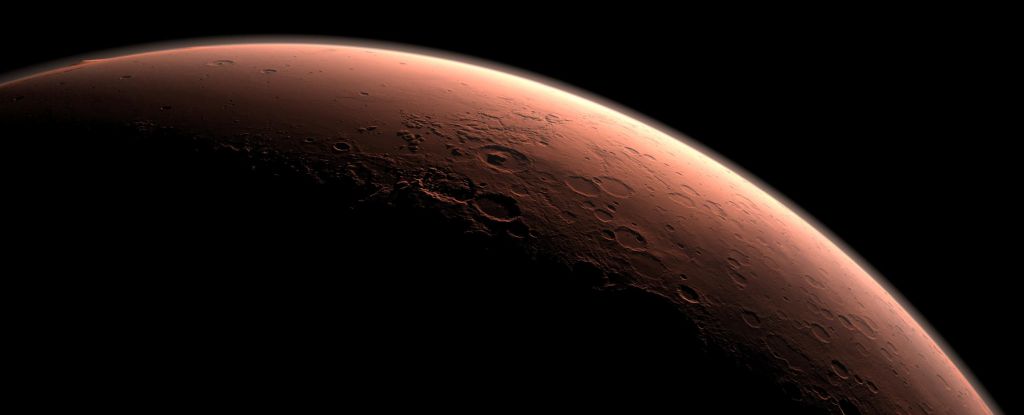NASA has officially retired its Mars InSight lander, the first robotic probe designed specifically to probe the deep interior of a distant world, four years after arriving on the red planet’s surface, the US space agency said on Wednesday .
mission controller NASA‘s Jet Propulsion Laboratory (JPL) near Los Angeles found the mission ended when two consecutive attempts to reestablish radio contact with the lander failed, a sign that InSight’s solar-powered batteries were running out of power.
NASA predicted in late October that the spacecraft would reach the end of its operational life in a matter of weeks due to increasing dust buildup on its solar panels and exhausting its batteries’ ability to charge.
JPL engineers will continue to listen for a signal from the lander just in case, but InSight is unlikely to be heard from InSight again, NASA said. The tripod stationary probe last communicated with Earth on December 15th.
insight landed on Mars In late November 2018, it carried instruments to detect planetary seismic rumbles never before measured anywhere other than on Earth, and its original two-year mission was later extended to four.
From its perch on a vast and relatively flat plain called Elysium Planitia north of the equator, the lander has helped scientists gain a new understanding of the internal structure of Mars.
The researchers said the data from InSight showed the thickness of the planet’s outer crust, the size and density of its inner core, and the structure of the mantle in between.
One of InSight’s key achievements was the finding that the Red Planet is indeed seismically active, having recorded more than 1,300 marsquakes. It also measured seismic waves generated by meteorite impacts.
“The seismic data alone from this Discovery Program mission provides tremendous insight not only into Mars but into other rocky bodies, including Earth,” said Thomas Zurbuchen, deputy administrator of NASA’s Directorate of Science Missions.
A year ago, one such impact was found to have eroded hunk-sized chunks of water ice surprisingly close to Mars’ equator.
Even as InSight retires, a more recent robotic visitor to the Red Planet, NASA’s science rover persistencecontinues to prepare a collection of mineral samples from Mars for future analysis on Earth.
This week Perseverance deposited the first of 10 sample vials it was due to leave at a collection point on Mars as a backup cache in case the primary supplies stored in the rover’s belly for some reason can’t be transferred to a recovery spacecraft as planned in of the future, said NASA.
© Thomson Reuters 2022





